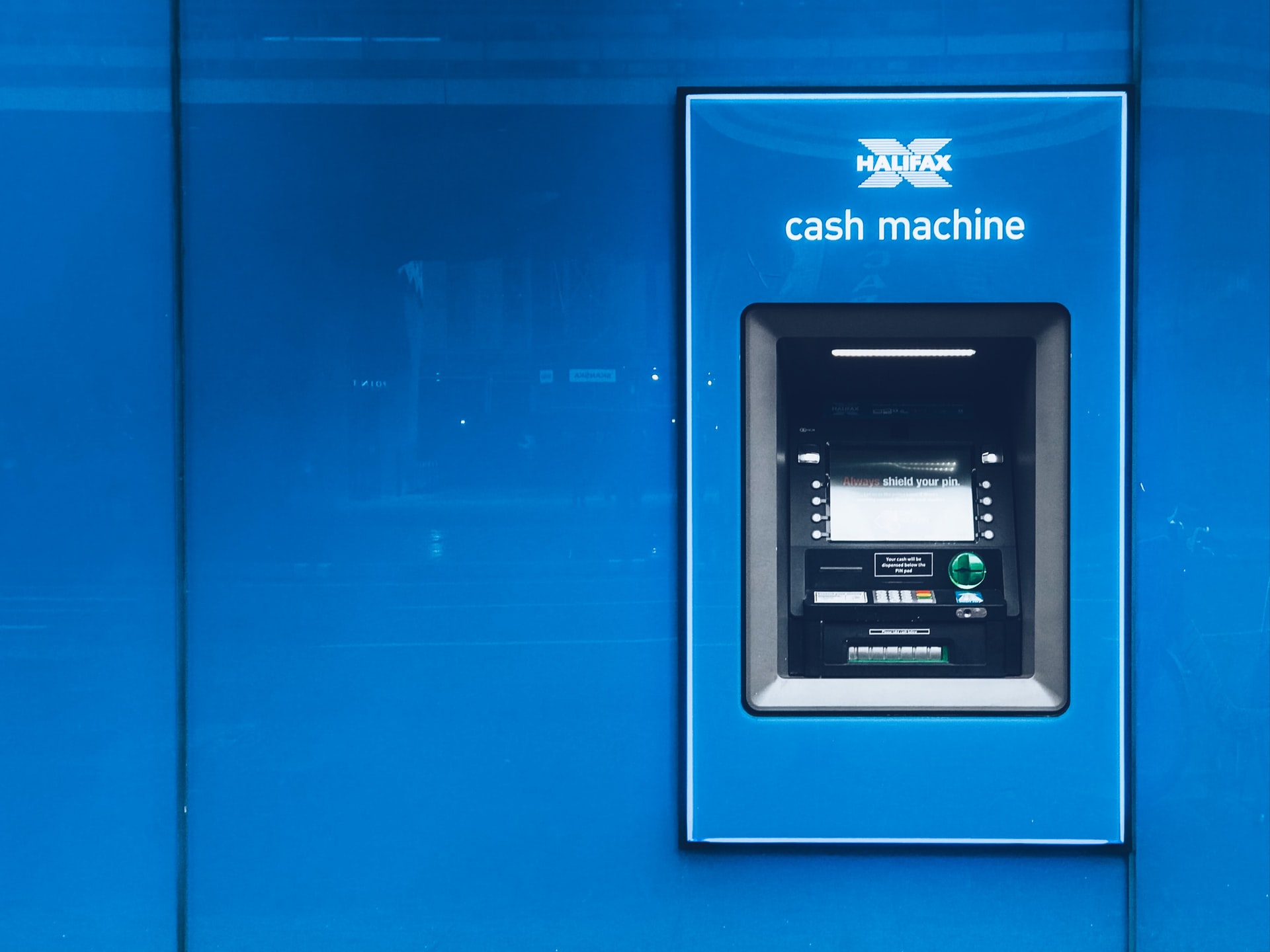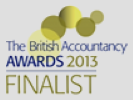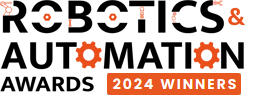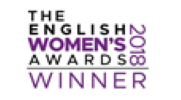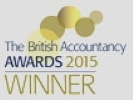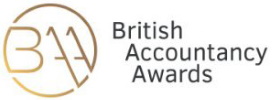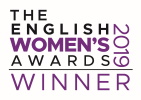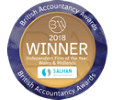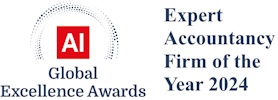HMRC has issued detailed guidance on the domestic reverse charge changes scheduled for 1 March 2021.
The reverse charge represents part of a government clampdown on VAT fraud. Large amounts of VAT are lost through ‘missing trader’ fraud. As part of this type of fraud, VAT is charged by a supplier, who then disappears, along with the output tax. The VAT is thus lost to HMRC. Construction is considered a particularly high-risk sector because of the potential to make supplies with minimal input tax but considerable output tax.
The reverse charge does not change the VAT liability: it changes the way that VAT is accounted for. From 1 March 2021 the recipient of the services, rather than the supplier, will account for VAT on specified building and construction services. This is called a ‘reverse charge’.
The reverse charge is a business-to-business charge, applying to VAT-registered businesses where payments are required to be reported through the Construction Industry Scheme (CIS). It will be used through the CIS supply chain, up to the point where the recipient is no longer a business making supplies of specified construction services. The rules refer to this as the ‘end user’.
Broadly then, the reverse charge means that a contractor receiving a supply of specified construction services has to account for the output VAT due – rather than the subcontractor supplying the services. The contractor then also has to deduct the VAT due on the supply as input VAT, subject to the normal rules. In most cases, no net tax on the transaction will be payable to HMRC.
The charge affects only supplies at standard or reduced rates where payments are required to be reported via CIS and not to:
- zero-rated supplies;
- services supplied to ‘end users’ or ‘intermediary suppliers’.
Under the scheme a VAT-registered business, receiving a supply of specified services from another VAT-registered business, for onward sale, on or after 1 March 2021:
- should account for the output VAT on supplies received through its VAT return
- does not pay the output VAT to its supplier on supplies received from them
- can reclaim the VAT on supplies received as input tax, subject to normal VAT rules.
The supplier should issue a VAT invoice, indicating the supplies are subject to the reverse charge.
An end user should notify its end user status, so the supplier can charge VAT in the usual way.
Internet links: Gov.uk guidance gov.uk technical guidance


